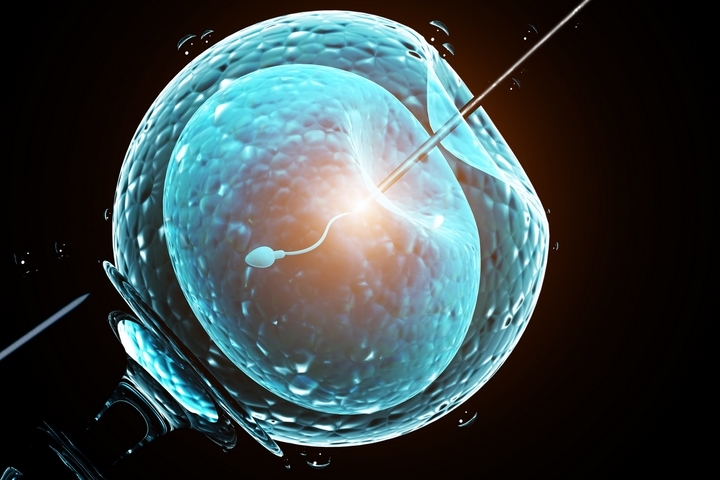Having twins? Know someone having twins? Want to have twins yourself? Are you crazy or are you seeing more twins than ever before?
Well, you’re certainly not crazy because the number of twin pregnancies is ballooning worldwide, and in some parts of the world, the twin birth rate has soared to an all-time high. Whether couples are taking part in fertility treatments or they were just lucky to have multiples after their first attempt of trying to conceive a child, having twins is a special event – as well as exhausting, frustrating, costly, and stressful.
The most common type of twins is of the fraternal variety, which are genetically different and not the same sex or share the same appearance as their sibling.
Here are 10 interesting fraternal twins facts.
Fact 1: Fraternal twins develop from two sets of eggs and sperm.

We’re not just talking about two car seats, two sets of the same toys, two boxes of diapers, and so on. We’re talking about two of everything at conception. A pair of fraternal twins develop from two sets of eggs and sperm, which is different from identical twins who are developed from the same egg and sperm.
Fact 2: Fraternal twins may not have the same physical characteristics.

A common notion that people have is that parents cannot differentiate between their twins. Untrue. Fraternal twins are similar like any two siblings; they may or may not have the same hair colour, eye colour, personality, or any other feature or characteristic. You can easily tell who’s who.
Fact 3: Fraternal twins can be conceived a few days apart.

Fraternal twins can be conceived a few days apart rather than at the exact time of sexual intercourse. Once one egg is fertilized and travels to the uterus for implantation, an extra egg is fertilized by sperm from another session of sex.
Fact 4: Fraternal twins can have different fathers.

Siblings from different fathers? No, this isn’t an episode of Maury Povich. Fraternal twins can have different fathers if there are sexual relations with two men in a short mount of time. The chances are even higher if a woman has particularly strong fertility rates. So, if one egg is fertilized by one man, and another egg is fertilized by another man’s sperm, you have superfecundation.
Fact 5: Twins run in the family genetics.

Here’s another interesting fraternal twins fact to know: if you have twins in the family, then the chance of having twins is high.
Women who hyperovulate – producing multiple eggs during ovulation – are far more likely to have twins, and this can be hereditary and passed down to her daughter. Moreover, men, since they carry both the XY chromosomes, men can carry the gene as well.
Fact 6: Twins interact with each other as early.

Research has found that twins can interact with each other as early as 14 weeks. This is why twins can have more of a bond with each other than other siblings.
Fact 7: Fraternal twins are more likely to be left-handed.

The data shows that twins are more likely to be left-handed than singletons. In fact, it is estimated that one-quarter of all twins favour their left hand.
Fact 8: One twin may absorb the other twin during pregnancy.

Did you know you can eat your twin? We’re not discussing cannibalism here, but your body can absorb one twin during a pregnancy.
One in eight pregnancies start with twins, but only one in 70 produce twins. This is due to something called Vanishing Twin Syndrome, or VTS, which occurs at the early state of pregnancy. The embryo is reabsorbed by the mother’s body or by the surviving twin.
Don’t worry. If this happens, the rest of your pregnancy will not be affected.
Fact 9: Twins Day occurs every August.

Here’s a simple but interesting fact for fraternal twins (and identical twins): Twins Day takes place every year on the first full weekend of August in Twinsburg, Ohio.
Fact 10: Nigeria & Massachusetts have the highest twins rate.

If you really want twins – good luck! – then perhaps it is time to grab a plane ticket and travel to Nigeria. Ostensibly, approximately four to five percent of all births in the West African nation are twins. Or, if you prefer to go somewhere a calmer and developed, then Massachusetts is your next best bet because it maintains the highest rate of twin births in the United States.
Or, if you prefer not to have any twins at all, then China is your best option because it has the lowest rate in the world (one percent).
And there you have it: the world of twins and fraternal twins. They may not be an anomaly anymore, but they’re still not as ubiquitous as singletons. There’s a lot of interesting science behind the birth of twins.
Indeed, being a parent of a singleton is hard enough but being a parent of multiples is probably the hardest thing you will ever endure in your lifetime, from conception to pregnancy to post-birth. It’s an experience that nobody else can empathize with or understand. At least, if you have twins, then you can travel to The Buckeye State and wallow in self-pity with all of the parents who had to raise twins.

